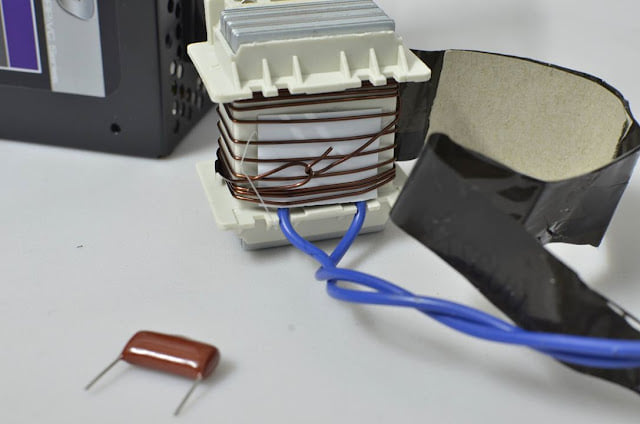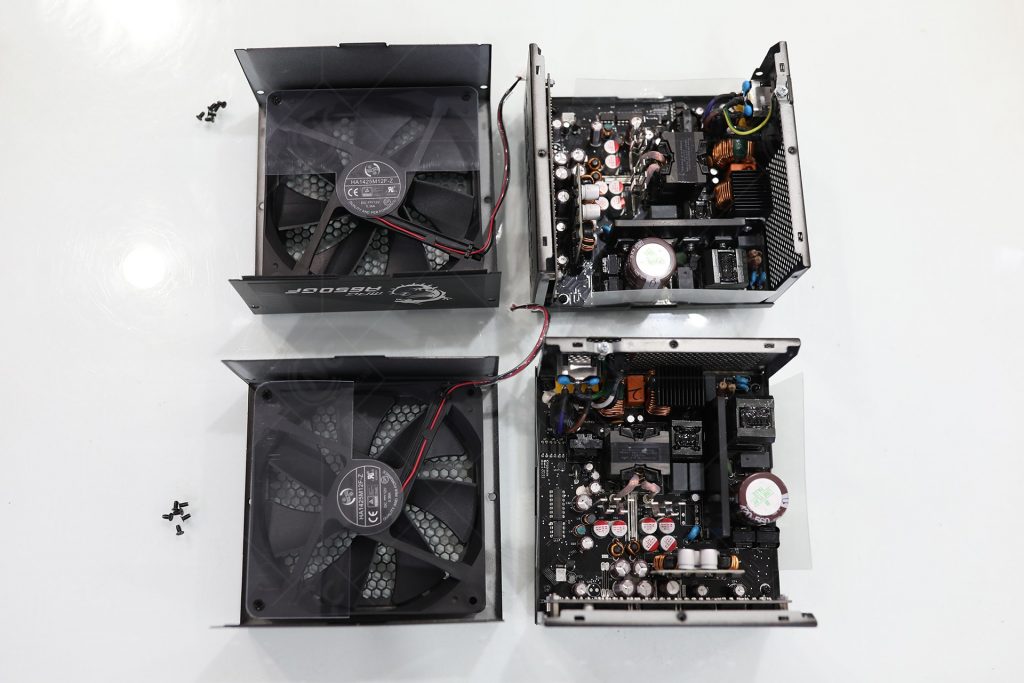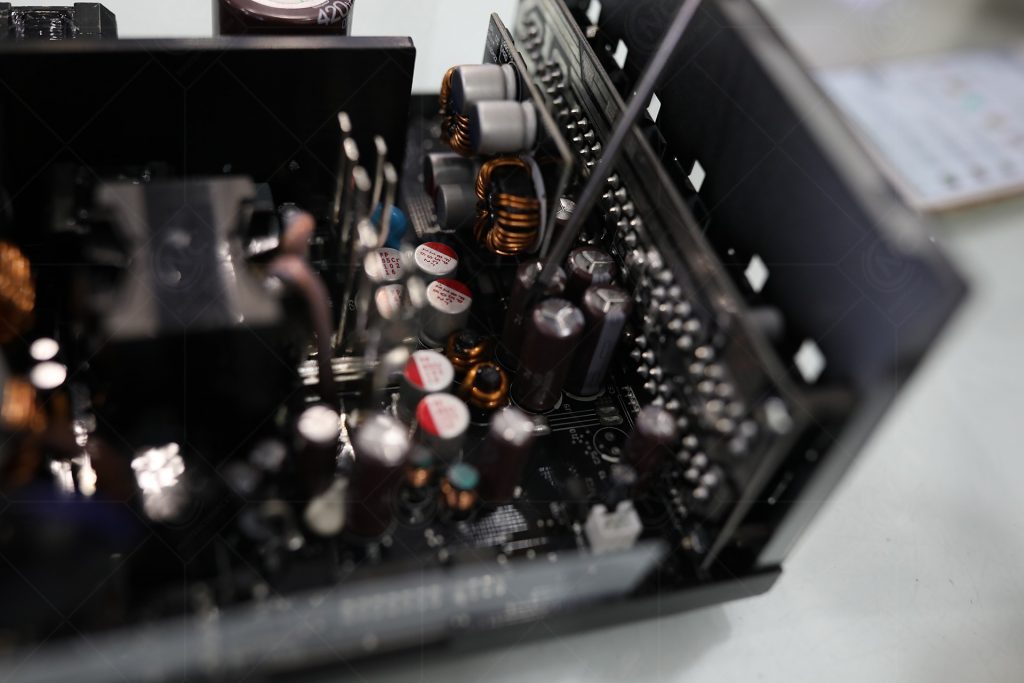"A good source is a heavy source", this saying is a folk saying passed down orally from generation to generation, from one worker to another, from one forum to another. Until writing this article, many people are also spreading word of mouth about the above statement, in order to evaluate the "quality criteria" of a PC power supply. So why is there such word of mouth? In the right context, a good power supply will be built with high quality components, designed with the best platform in mind, so it will be heavier. power supplies are of poorer quality. This seems to be the case, especially when comparing power supplies with a PFC Passive design onwards. But in practice, judging a source set by such word-of-mouth criteria is not really accurate. So where is it not exactly, we will dive into the article below.
With the old standard power supplies, more closely, those designed with PFC Passive, the higher the power supply capacity, the larger the PFC choke will be. This leads to a higher weight of a power supply, users now do not need to look at the power sticker to guess which one is better than the other. As a result, some permissive users have begun to "rumor" to each other about distinguishing a good source from a poor source through weight. And this is a concept that is very easy to be "led" by the tricks of manufacturers who only care about profits and do not care about product quality and customer service.

Because of these manufacturers, they easily increase the product weight in many ways such as cementing, inserting more iron into the hard plastic ... to give users the feeling that "heavy source is good source". In fact, Current A.PFC design power supplies have the same capacity as Passive PFC power supplies but are much lighter and of better quality. Modern high-performance PSUs (Gold, Platinum, Titanium) in addition to being designed according to the new platform also use high-value and quality components. This makes the space in the PSU more open, while also being much lighter when the heatsink aluminum heatsinks are used with less density due to the significantly reduced heat generated.

But why has the above high-end PSU line appeared for a long time, but many users still think "heavy power is a good source"? High-quality power supplies in addition to meeting high power levels must also meet the requirements. Other safety standards such as voltage stability, ripple and Hold Up Time capability as well as other protection modes. Therefore, in these power supplies will have to use better and more components, so the weight will of course be a bit higher than that of popular products. In addition, each power supply manufacturer has a way of designing the platform of each type of product they sell in the market, these power supplies also have different technical strengths, so having different weights is also equivalent. course.

Therefore, the view that "the heavier the source is, the better" is just a joke at the moment. Because to determine a good or bad power supply, in addition to dissecting the internal components for analysis, it is also necessary to test the reality through testing fake loads or at least measure the power level when under heavy load with DMM.

